Ship or pick up from our office.
Vehicle HID light kit
A vehicle HID (High-Intensity Discharge) light kit is an aftermarket product designed to convert a vehicle's standard halogen headlights to HID lighting. HID lights, also known as Xenon lights, produce light by igniting noble gases (like xenon) within a sealed bulb using an electric arc, rather than by heating a filament like traditional halogen bulbs.
Components of a Typical HID Light Kit:
A complete HID light kit generally consists of the following key components for each headlight:
- HID Bulbs: These are the actual light sources. Unlike halogen bulbs, they don't have a filament. Instead, they contain xenon gas and metal salts. They come in various bulb sizes (e.g., H1, H7, 9006, D2S) to match the original halogen bulb fitment of a vehicle's headlight housing. They also come in different "color temperatures" measured in Kelvin (K), ranging from yellow-white (around 3000K-4300K) to pure white (5000K-6000K) and blue-white (8000K+).
- Ballasts (Igniters/Power Converters): This is the most crucial part of an HID kit. Halogen bulbs operate on 12V DC, but HID bulbs require a very high voltage (tens of thousands of volts) to ignite the gas and then a stable, lower voltage (around 85V AC) to keep the arc sustained. The ballast performs this function:
- Ignition: It provides the initial high-voltage pulse to ignite the xenon gas.
- Regulation: Once ignited, it regulates the current and voltage to the bulb to maintain a stable arc and optimal light output.
- Canbus Ballasts: Many modern vehicles use a "CAN bus" (Controller Area Network) system that monitors electrical circuits. If the vehicle detects a lower power draw from HID bulbs compared to original halogens, it might throw a "bulb out" error or cause flickering. "Canbus ballasts" are designed to mimic the electrical load of halogen bulbs to prevent these errors.
- Wiring Harness (Optional but Recommended): In some cases, particularly for vehicles with sensitive electrical systems or DRLs (Daytime Running Lights) that operate at reduced voltage, a relay wiring harness is used. This harness draws direct power from the battery, ensuring the ballasts receive consistent 12-14V, with the original headlight wiring acting only as a trigger.
- Capacitors/Resistors (Optional): These may be included or sold separately to address specific vehicle electrical issues like flickering (capacitors) or "bulb out" warnings (resistors), especially in vehicles with pulse width modulation (PWM) in their headlight circuits.
Why People Install HID Kits:
- Brightness (Lumen Output): HID lights are significantly brighter than standard halogen bulbs, offering more light output on the road.
- Color Temperature: Many users prefer the whiter or bluer light of HIDs, which often looks more modern and can improve visibility of road signs.
- Energy Efficiency: While brighter, HIDs can sometimes be more energy-efficient than halogens for the amount of light they produce.
- Lifespan: HID bulbs generally have a longer lifespan than halogen bulbs, though ballasts can fail.
Important Considerations and Legality (Especially in British Columbia, Canada):
This is where it gets critical. While HID conversion kits are widely sold, their
legality for on-road use is highly questionable and often illegal, particularly if installed in headlight housings
not specifically designed for HID bulbs.
Here's why, especially in BC:
- Glare and Light Distribution: Halogen headlight housings (reflectors or projectors) are precisely engineered to work with the light-emitting point and light distribution pattern of a halogen filament. When an HID bulb (which has a different light source and emits light differently) is placed in a housing designed for halogen, it creates an uncontrolled and often excessive amount of glare. This can blind oncoming drivers, creating a significant safety hazard.
- BC Motor Vehicle Act Regulations (Section 4.02 & 4.04): These regulations generally state that vehicle lamps must comply with original manufacturer specifications and approved standards (like SAE) and must not cause undue glare or dazzle oncoming traffic. Specifically, if a headlight housing is marked for a Halogen (HR) bulb, it is unlawful to put an HID (HG) light source in it.
- DOT/SAE Compliance: Aftermarket HID conversion kits typically do not meet DOT (Department of Transportation) or SAE (Society of Automotive Engineers) standards for the entire headlight assembly when installed in a halogen housing. Only complete headlight assemblies that are factory-designed for HIDs and meet these standards are truly legal.
- Enforcement in BC/Canada: While enforcement can vary, police in BC and across Canada can issue tickets (e.g., a $110 fine under the Highway Traffic Act) and potentially even order vehicles off the road for non-compliant lighting that causes excessive glare. They often look for vehicles with "uncontrolled" light output, especially if it's causing complaints.
- Best Practice: Projector Retrofits: To legally and safely upgrade to HID lighting, the proper method is a "retrofit." This involves replacing the entire headlight housing (or at least the internal projector lens assembly) with one specifically designed for HID bulbs. This ensures the light is properly focused and distributed, preventing glare. However, this is a more complex and expensive process than simply installing a "kit."
In summary: While a vehicle HID light kit offers brighter and whiter light, installing one into a headlight housing designed for halogen bulbs is generally considered
illegal and unsafe in British Columbia (and most of Canada) due to the significant glare it creates for other drivers. If you desire HID lighting, the only truly legal and safe route is to have a vehicle that came with HIDs from the factory or to perform a full headlight retrofit using proper HID-specific projector housings.

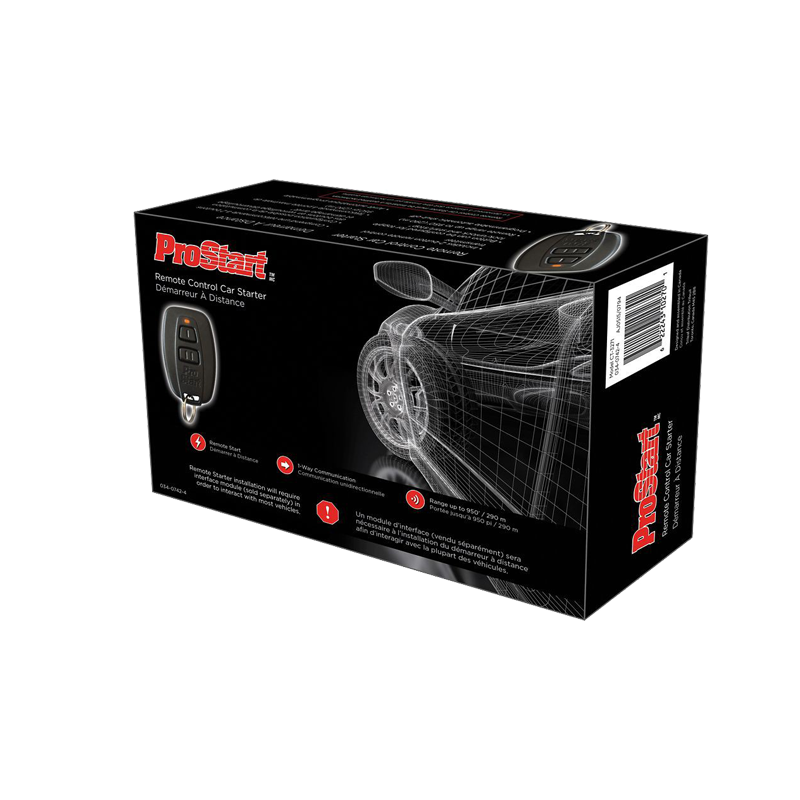
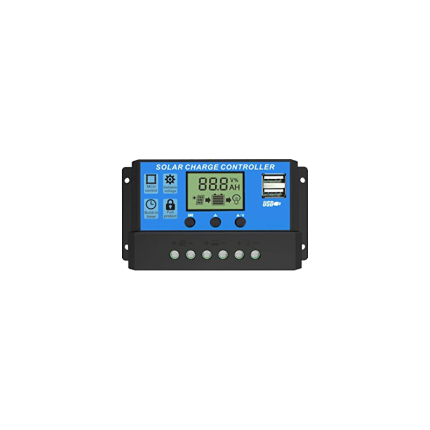
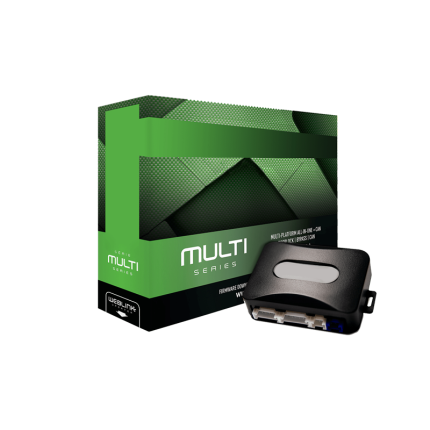

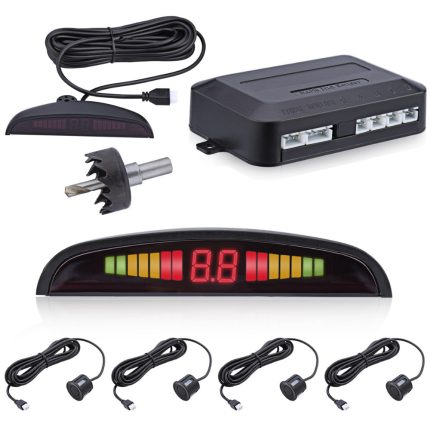
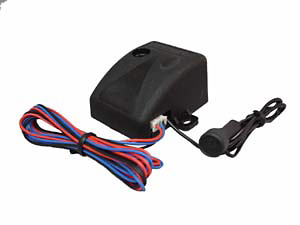
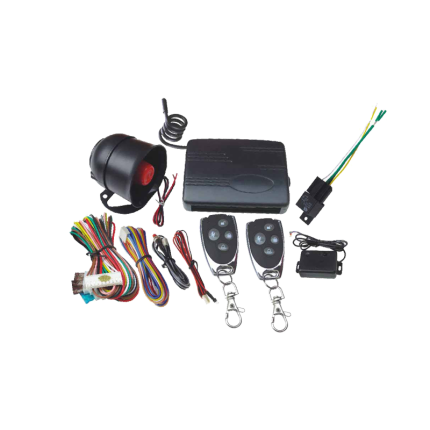
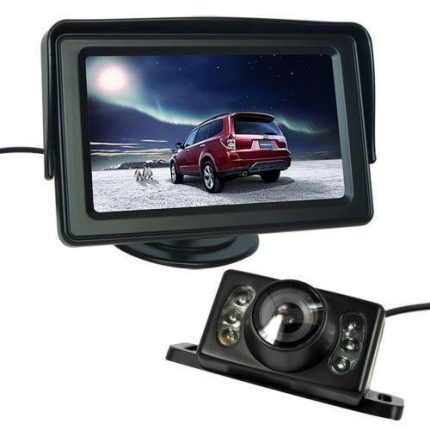
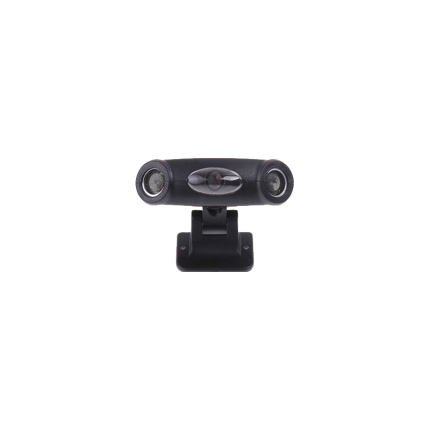
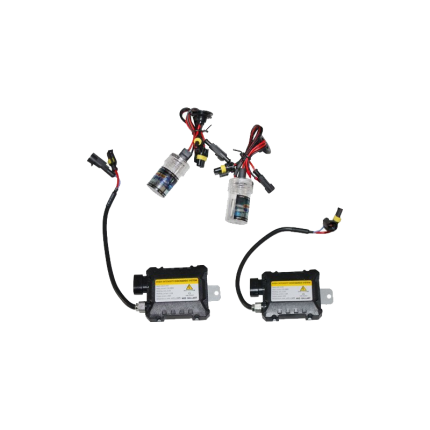
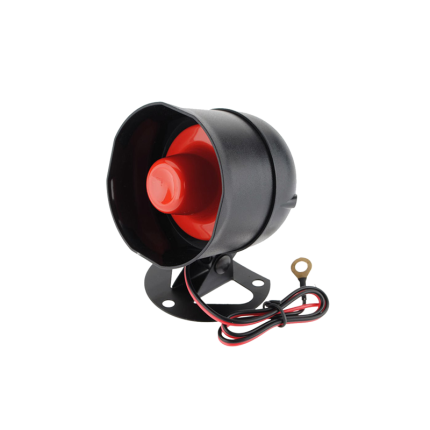









Reviews
There are no reviews yet.